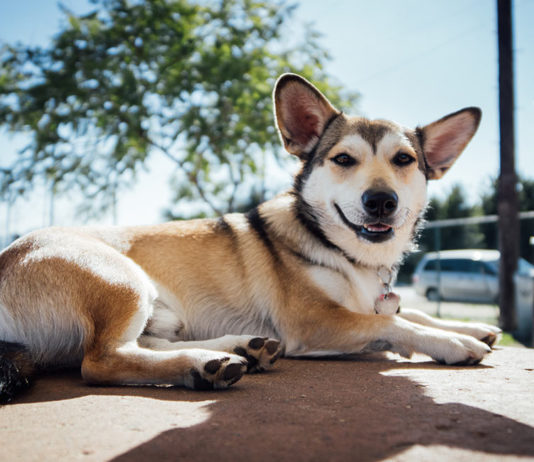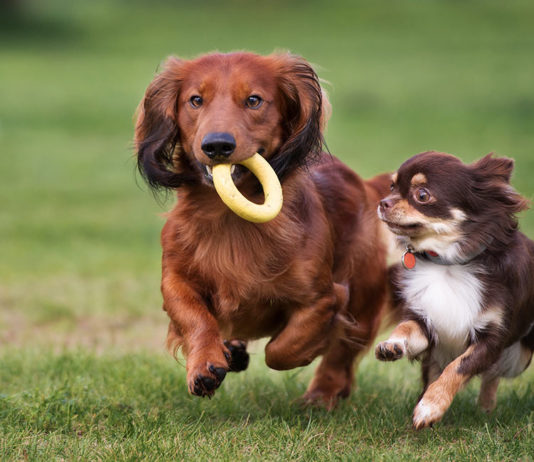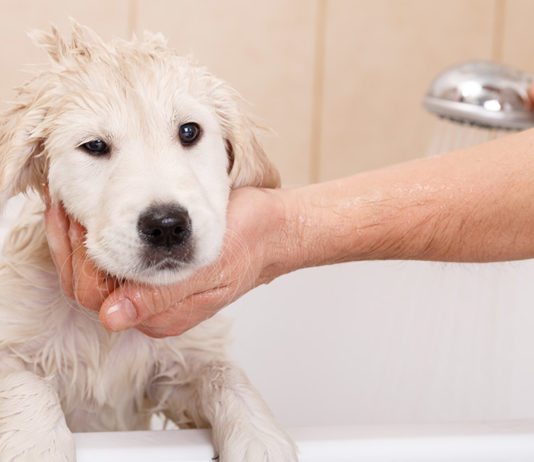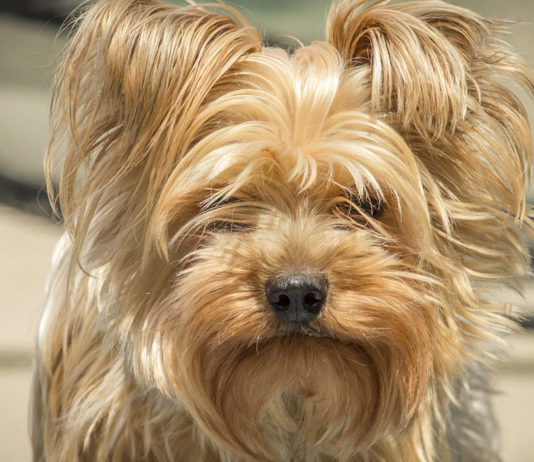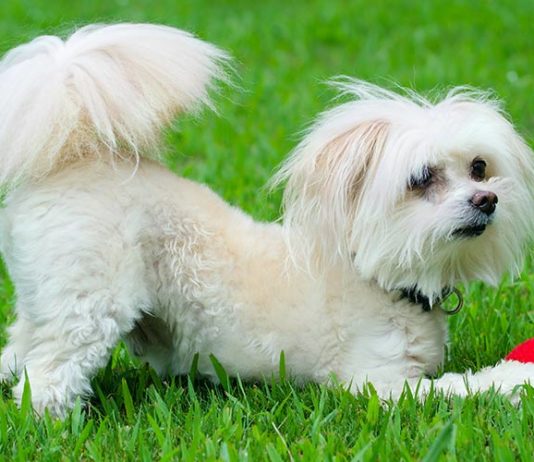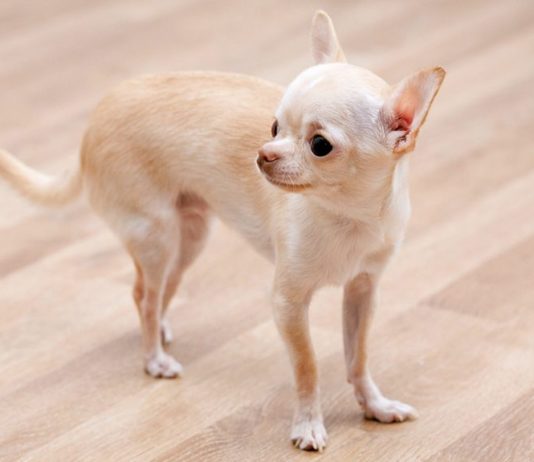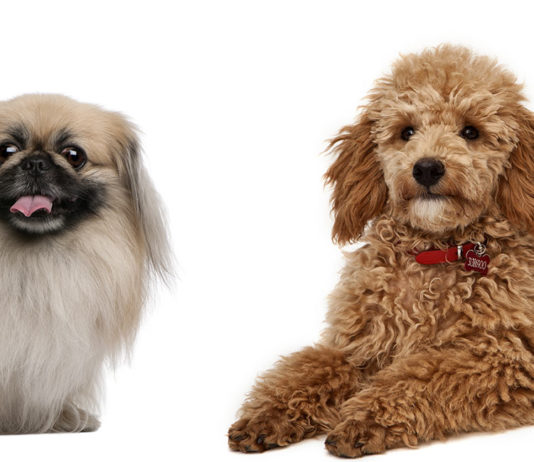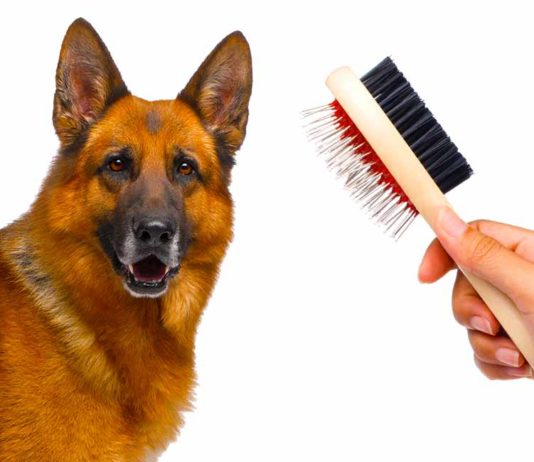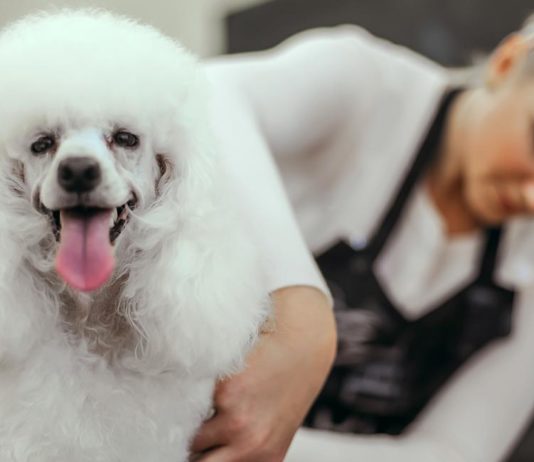You’ve probably seen pictures of some very sweet Corgi mixed dogs on the internet lately, including the Corgi Husky mix.
It’s true, Corgis mixed with breeds like the German Shepherd, Beagle, and Dalmatian are undeniably appealing.
And the Corgi Husky mix is one of the cutest Corgi crossbreeds of all!
But is...
Welcome to our complete guide to the Chihuahua Dachshund Mix, better known as the Chiweenie!
This adorable pup is as cute as the name suggests. But are they healthy? And do they make good pets?
Let’s find out!
Celebrities especially have done a fantastic job of publicizing the crossbred designer dog.
Not a...
In this article, we’ve gone on a hunt for the best shampoo for Golden Retriever dogs to help you identify the best tried, tested, and beloved products among the ones that just don’t wash.
As a Golden Retriever owner, you know this breed is magnificent!
The lush golden coat gives the...
Looking for the best brush for Yorkies? Then look no further!
We've found the top choices on the market right now and looked at which will get the job done right.
One of the top 10 most popular breeds, the Yorkshire Terrier is a lot of personality crammed into a little...
Have you heard of the Maltipoo?
This adorable dog combines the regal and highly intelligent Poodle (Toy or Miniature) with the popular lap dog known for its flowing white locks, the Maltese!
In this guide, we’ll touch on where the Maltese Poodle originated, his physical characteristics and expected behavior.
We’ll also investigate...
Do you like your dogs small and cute? Then you're probably interested in learning more about the teacup Chihuahua.
Fans of toy dogs may find the idea of getting a teacup breed appealing, but is a micro dog the right pet for you?
Many veterinarians, animal welfare advocates, and reputable breeders...
Have you ever wondered what it would be like to play peek-a-boo with a Peekapoo dog?
The cross between a Poodle and a Pekingese is an adorable and active pooch known as the Peekapoo breed!
The Peekapoo dog breed is the result of mixing the toy or Miniature Poodle with a...
The best brush for Golden Retrievers keeps their long coats knot free. But it is also gentle on their delicate skin.
There are lots of brushes out there. So choosing the best one can be pquite tough.
But don't worry!
We've found the top options for your best friend all in one...
Need to know the best dog brush for German Shepherd pups? You’re in the right place. German Shepherds are an instantly recognizable breed. They’re iconic and quickly identifiable.
These dogs are extremely popular companions and also spend quite a bit of time as guard dogs and police dogs. They’re loyal...
Recognizable for his unique, curly hair, the best brush for Poodles is an essential buy.
They don’t shed copiously, but their high grooming needs include regular haircuts. These are usually completed by a groomer.
To prevent mats from forming, the Poodle needs to be brushed often.
Depending on the haircut, many Poodles...

